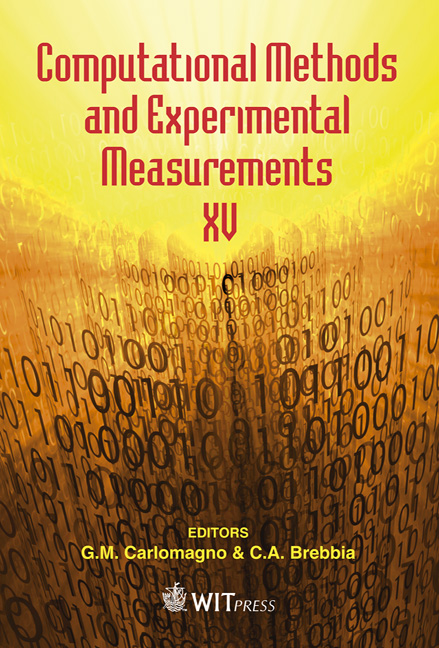Coupled Numerical-experimental Study Of An Armour Perforation By The Armour-piercing Projectiles
Price
Free (open access)
Transaction
Volume
51
Pages
10
Page Range
615 - 624
Published
2011
Size
1982 kb
Paper DOI
10.2495/CMEM110541
Copyright
WIT Press
Author(s)
B. Zduniak, A. Morka & T. Niezgoda
Abstract
This paper concerns an analysis of target penetration by a selected armourpiercing (AP) projectile: 7.62x54R with steel core. Numerical and experimental research was carried out. The aim of this work was a comparison of the results obtained in real conditions of ballistic test and computer simulation. In this study, two three-dimensional targets and the core of the projectile were built. The structure of the projectile is complex, but steel core plays the main role in the perforation process. Then the numerical model of the projectile was reduced to describe only steel core dynamics. The 3D Element Free Galerkin method is applied to solve the problem under consideration. The algorithm implemented in the Ls-Dyna code was used. Space discretization of the analyzed problem was prepared by means of the HyperWorks Software (HyperMesh module). The total amount of the elements reaches 500 000 in this model. The Johnson-Cook constitutive model is applied to describe the behaviour of the metallic parts: steel layers and the projectile’s core. The experimental results were obtained using a high speed video-camera. The target penetrations by the projectile were recorded. The processing of the data obtained from a high speed camera was carried out by means of the TEMA Software. In this paper, a good correlation between the numerical and experimental results was obtained. A lot of interesting mechanical effects observed during the experiment were analyzed. Keywords: penetration, perforation, numerical model, constitutive model, armour.
Keywords
penetration, perforation, numerical model, constitutive model,armour





